Analyzing Market/Business Model Preferences for Fully Assembled vs. Knock-Down Furniture
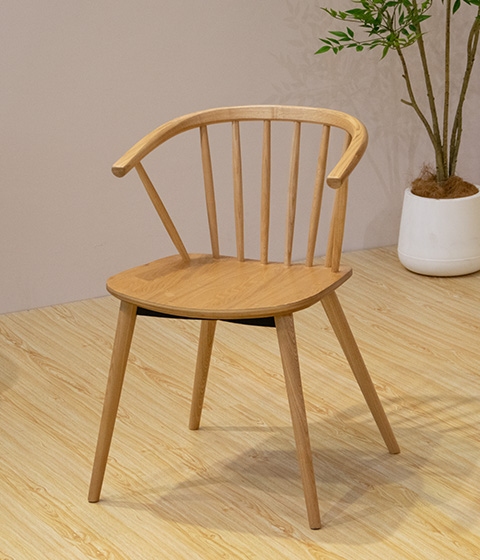
If you’re in the furniture biz—say, a retailer prepping for a big season or a wholesaler chasing global trends—you’ve probably tangled with this question: fully assembled pieces that show up ready to roll, or knock-down ones that ship flat and need some elbow grease? This choice cuts deep into how businesses run today. With shipping costs soaring and online shopping taking over, figuring out what markets want—fully assembled or knock-down—isn’t just a good idea; it’s make-or-break for staying in the game. In this post, we’ll dig into the nitty-gritty: what these terms mean, why some regions pick one over the other, and how it shapes your business. We’ll toss in some 2025 trends to keep it real, plus a few stories from the warehouse floor because, honestly, data’s cool, but those real-world moments hit home.
Understanding the Basics: Fully Assembled vs. Knock-Down Furniture
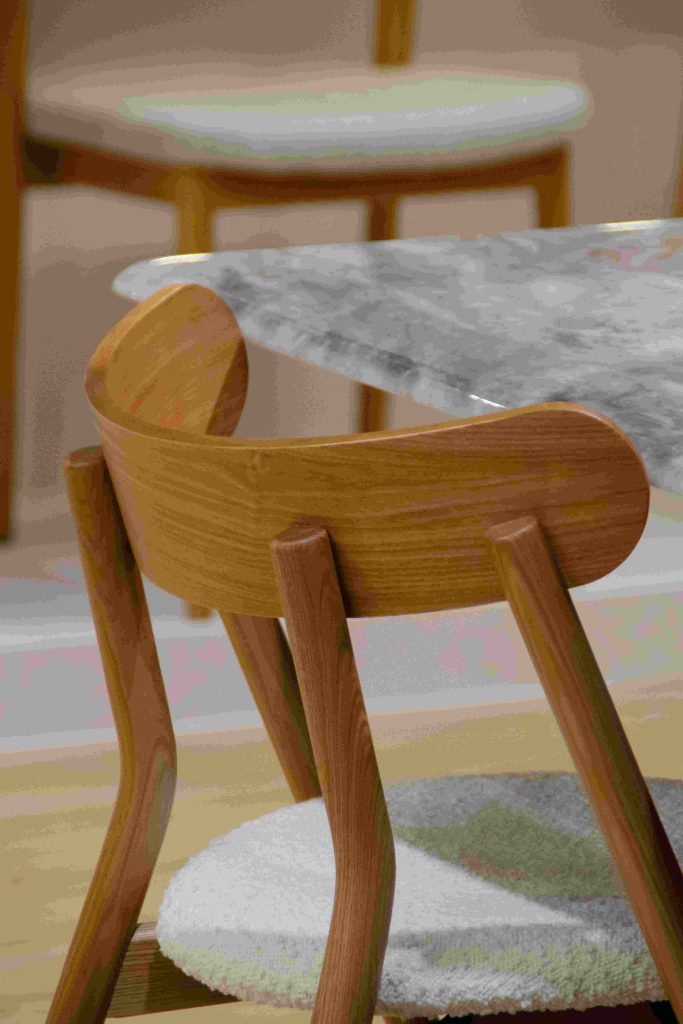
Before we jump into what markets like, let’s nail down the basics. Furniture isn’t one-size-fits-all. Fully assembled and knock-down approaches affect everything—from how it’s made to how customers feel when it arrives.
What Does Fully Assembled Furniture Entail?
Fully assembled furniture lands at your door ready to go. No tools, no fuss—just set it up and you’re done. Think solid wood dining tables or cushy armchairs, all bolted and polished in the factory. Workers use strong joints, like dovetails for drawers or mortise-and-tenon for table legs. These hold up for years.
Picture a solid wood armchair with arms, crafted from oak or rubberwood, padded with soft foam and fabric. It’s ready for a cozy dining room the second it arrives. Customers love that “just place it” vibe—no assembly headaches. But here’s the catch: shipping these chunks is tough. They’re bulky, which spikes freight costs, especially to far-off places like Europe or Australia. I’ve heard exporters gripe about containers half-full because assembled pieces don’t stack neatly. That means higher shipping fees per item. Still, for upscale markets where folks want that premium feel right out of the box, fully assembled is king.
The Knock-Down Furniture Breakdown
Knock-down (or KD, as the pros say) furniture arrives in pieces, flat-packed like a jigsaw puzzle. Panels, legs, and bolts come separate. Assembly happens at the store or the buyer’s home. This setup is a dream for efficiency. Factories churn out parts fast, using materials like MDF with veneers for tabletops or metal frames for chairs that snap together.
Imagine an extendable dining table with an MDF base and a sintered stone top. It shows up in a slim box with instructions even a rookie can follow. Tools? Usually just an Allen wrench. KD is a star in online sales, where space is tight and returns happen. If something breaks in shipping, it’s often just one part, not the whole thing. The downside? Some folks hate assembling stuff. Patience isn’t universal. But in fast-moving markets like Southeast Asia or the UK, where city apartments have narrow doors, KD slips through like a breeze.
Here’s a quick comparison to make it clear, based on what folks in the industry see:
|
Aspect |
Fully Assembled |
Knock-Down (KD) |
|
Shipping Efficiency |
Bulky items eat up space |
Flat packs cram more into containers |
|
Customer Convenience |
Ready to use, no hassle |
Needs assembly, which takes time |
|
Damage Risk in Transit |
Whole piece can get banged up |
Only parts take a hit |
|
Cost per Unit (Initial) |
Higher from factory labor |
Cheaper, but add instruction costs |
|
Market Fit |
Luxury homes, commercial spots |
Online shoppers, budget buyers |
This table doesn’t cover everything, but it shows why choices differ. Quick story: I once heard about a retailer stuck with a batch of KD chairs because the leg labels were all wrong. Customers were livid. Moral? Clear instructions are a must.
Market Preferences: What’s Driving Choices in 2025?
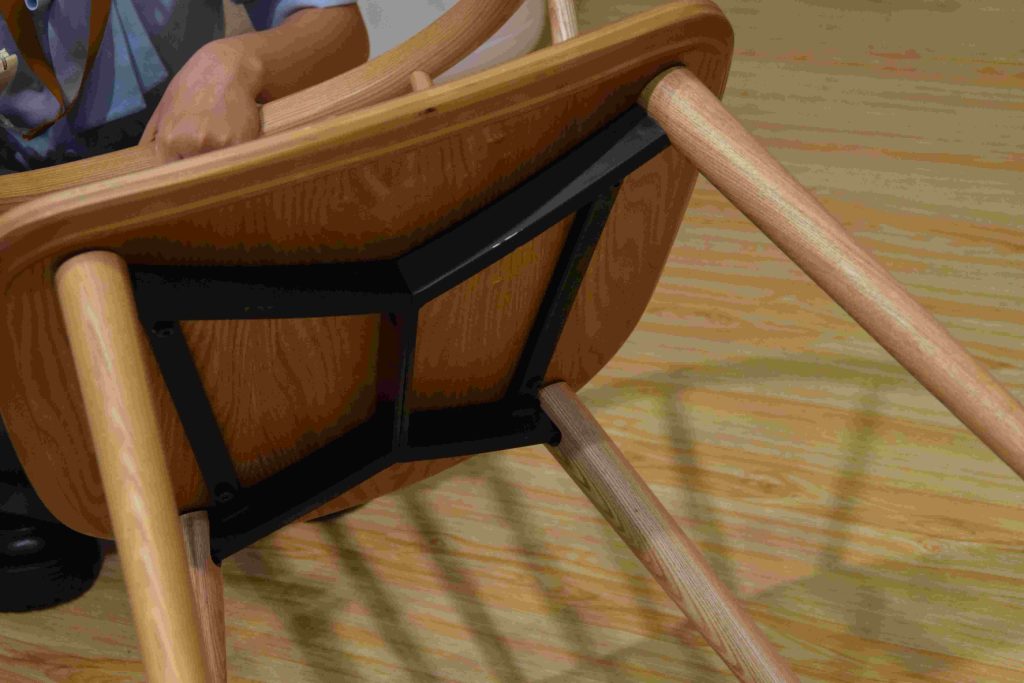
So, what’s the market vibe in 2025? It depends on where you’re selling, who’s buying, and what they’re buying. Let’s break it down with some fresh insights. This year, sustainability and online sales are huge, nudging many toward KD.
Regional Tastes Shape the Game
- S. Market: Knock-down (or RTA, ready-to-assemble) is massive here. Back in 2020, it was a $13.8 billion market, and it’s still climbing. By 2030, it’s expected to hit $41.2 billion, growing at 5.9% yearly from 2024’s $29.1 billion. Why? Online shopping rules. Millennials in city apartments love KD for its affordability and space-saving packs. A knock-down bench with hidden storage? They’re all in.
- Europe: Fully assembled holds strong, especially for solid wood. Industry reports say Europe’s furniture market is growing at 6.2% through 2033. Countries like Germany lean toward assembled for its lasting quality. Buyers there often shop in stores or outfit hotels, where “ready now” saves time.
- Southeast Asia: KD dominates. With e-commerce booming in places like Indonesia and Thailand, flat-pack furniture saves on import costs and fits tight budgets. A supplier once told me KD dining sets sold like crazy because buyers could pick custom colors during assembly. That’s a win for personalization.
- Middle East: Here, fully assembled is the pick for luxury villas. Clients want that “wow” unboxing moment. But in Australia, KD cuts shipping costs across vast distances. A 2025 report says 70% of online furniture sales are KD, up from 50% a few years ago, thanks to eco-conscious buyers who hate excess packaging.
Buyer Types and Trends
It’s not just geography. Buyer types matter too. E-commerce shoppers—think young urbanites—love KD for its price and flexibility. Commercial clients, like hotels or cafes, often want fully assembled for quick setups and fewer headaches. Trends also play a part:
- Sustainability Push: KD uses less packaging, aligning with Europe’s eco rules.
- Personalization: KD lets buyers tweak parts, like swapping chair fabrics.
- AR Tools: Virtual “try-before-you-buy” apps boost KD confidence by showing assembly steps.
Sometimes, markets flip based on cash flow. In tough times, KD’s affordability wins. In good times, assembled feels like a splurge. At a European furniture fair, I saw assembled armchairs draw crowds for their “sit and love it” factor, while KD tables got nods for being practical. Match the product to the market, and you’re golden.
Business Model Implications for Furniture Operations
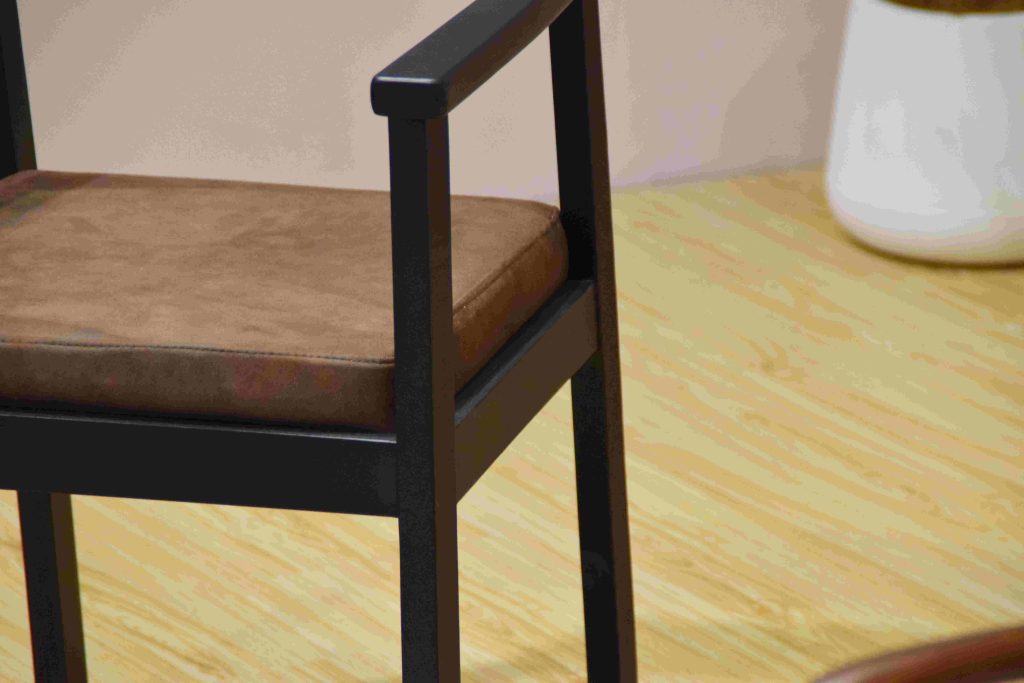
Your choice—fully assembled or KD—ripples through your business. It hits costs, logistics, and even how loyal your customers stay. Let’s unpack it.
Retailers and Wholesalers: Finding the Sweet Spot
For retailers, KD is a space-saver. You stack boxes high, leaving room for showroom flair. Assembling in-store lets you customize—like swapping fabrics on a lounge chair. But it’s not free. Training staff to build without dings adds costs. In 2025, KD retailers save 20-30% on storage, per logistics data, which is huge in pricey city warehouses.
Wholesalers serving hotels or rentals often pick assembled for reliability. Picture furnishing a new Airbnb—fully built sofas mean fast turnarounds, fewer complaints. But for B2B online sales, KD rocks for bulk orders. A UK wholesaler once shared how switching to KD benches saved 15% on shipping to the Middle East. Now they deliver faster and cheaper.
Here’s how it shakes out:
- KD Benefits: Lower inventory costs, easier bulk shipping, fits e-commerce.
- Assembled Perks: Higher markups (up to 40% more), premium appeal, less assembly hassle.
Manufacturers and Exporters: Balancing Act
From the factory side, KD is a speed demon. CNC machines cut MDF or metal frames fast. Shipping to Japan or Russia? Flat packs cram 50% more into containers. But quality control is critical—misaligned parts mean returns. Assembled furniture, like upholstered chairs, needs skilled hands for final touches. It’s pricier but wins in markets like Europe, where craftsmanship sells.
In 2025, with supply chain snags from trade shifts, many manufacturers play both sides. They offer KD for budget lines and assembled for upscale orders. During a 2024 port strike, KD was a lifesaver—easier to reroute. The trick? Know your supply chain. Exporting from China to Europe or Southeast Asia? Flexibility is your friend.
Emerging Trends and Insights from the Field
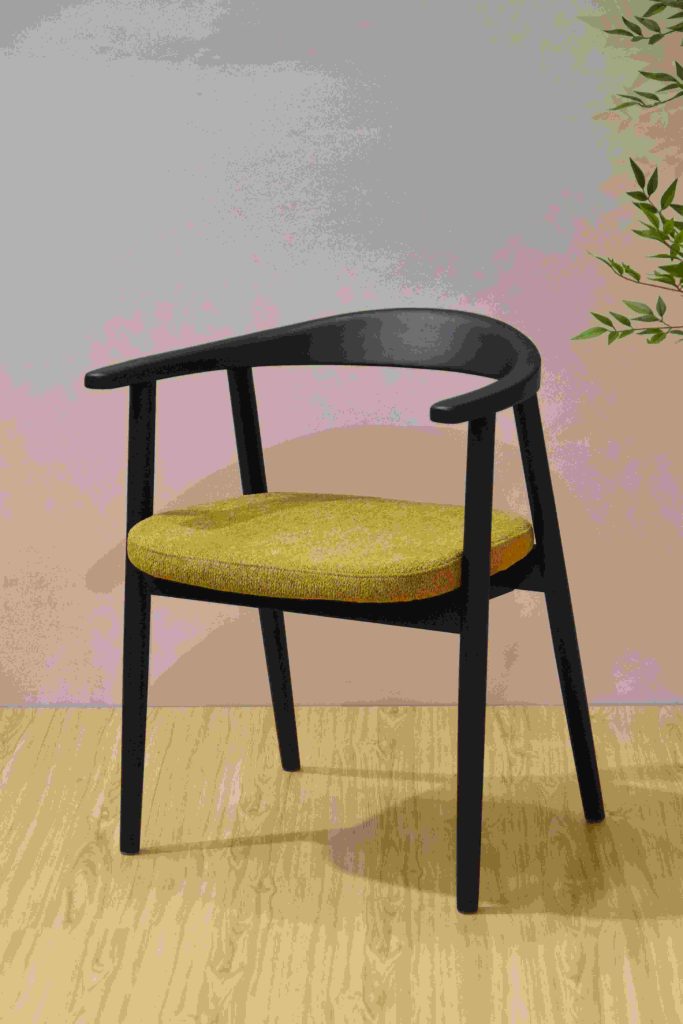
Looking at 2025, adaptability is the name of the game. Here’s what’s hot:
- Eco-Friendly Focus: KD cuts packaging waste, syncing with Europe’s green laws.
- Smart Tech: AR apps let buyers “assemble” KD virtually, easing doubts.
- Customization: KD’s modular parts let customers tweak tables or benches.
- Commercial Boom: Co-working spaces love KD for quick setups. Hotels stick with assembled for durability.
The RTA market’s set to hit $26.79 billion by 2032, up from $16.93 billion in 2024. In homes, KD’s ease rules post-pandemic. But for fancy dining spots, assembled upholstered chairs with arms still steal the show for elegance. Australia’s isolation makes KD a no-brainer for shipping. Stay sharp on regional quirks to win.
Introducing Forest Furniture: Your Trusted Supplier
Need a supplier who gets these preferences? Forest Furniture, based in China, has you covered. With factories across northern China, they churn out everything from solid wood dining tables to KD MDF pieces with sintered stone tops. Their lineup includes hits like the Omar chair, a favorite in Greece, and Veiko extendable tables for modern kitchens. Serving Europe, Southeast Asia, the Middle East, and more, they tailor solutions for wholesalers and retailers. From factory tours to trade shows, Forest builds trust with quality and customization.
Conclusion
Summing it up, digging into market and business model preferences for fully assembled versus knock-down furniture opens a world of possibilities. KD’s cost cuts and shipping ease dominate online and budget markets. Assembled pieces shine where quality and instant use matter. Weigh these against your logistics and customer feedback to boost profits and keep folks happy. With trends like sustainability and customization picking up speed, staying flexible is key. Test both options, crunch your numbers, and watch your business soar.
FAQs
What drives market preferences for fully assembled vs. knock-down furniture in 2025?
Knock-down furniture rules in online-heavy spots like the U.S. and Southeast Asia. It’s cheap to ship and fits small spaces. The RTA market’s headed for $41.2 billion by 2030. In Europe, fully assembled wins for luxury and durability, especially in Germany’s high-end stores.
How does knock-down furniture shape a business model?
KD slashes shipping and storage costs by up to 50%. It’s perfect for wholesalers pushing bulk orders online. But you need clear instructions to avoid assembly gripes. It fits fast-paced markets craving volume and low prices.
Why do some retailers stick with fully assembled furniture?
Retailers love assembled for upscale showrooms or commercial gigs like hotels. It’s ready to use, cutting labor and boosting premium vibes. Markups can be 40% higher, appealing to buyers who value quality over cost.
Can a furniture business mix fully assembled and knock-down?
You bet. Many exporters offer both to hit different markets. KD works for budget e-commerce; assembled suits fancy B2B deals. This split helps analyze market preferences and rake in more revenue.
How does sustainability tie into fully assembled vs. knock-down choices?
KD cuts packaging, which vibes with 2025’s eco push in Europe. Assembled can be greener with long-lasting designs. Pick what fits your market’s green rules to stay ahead.

